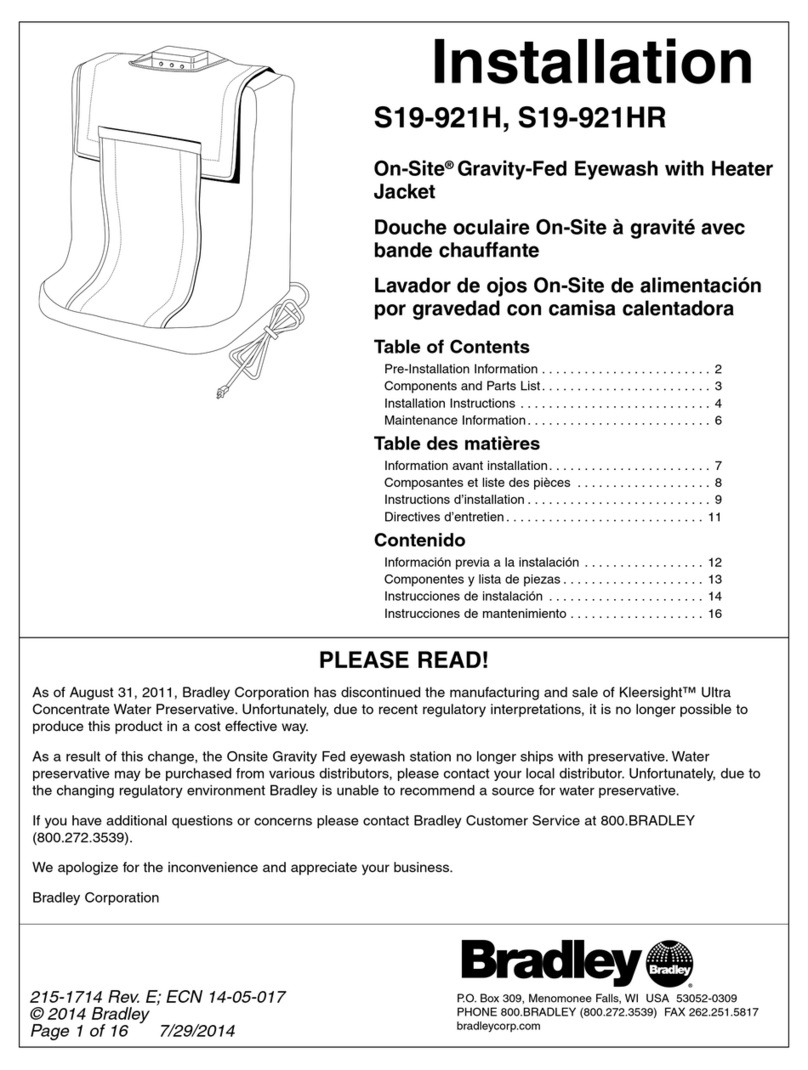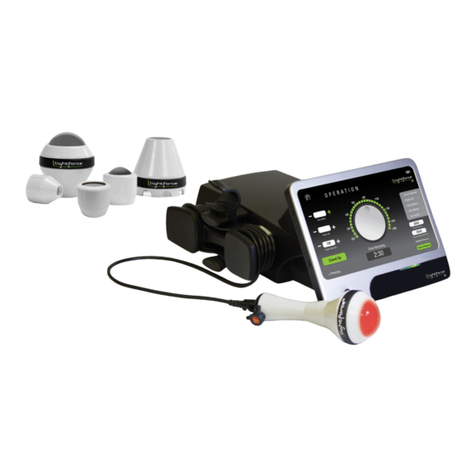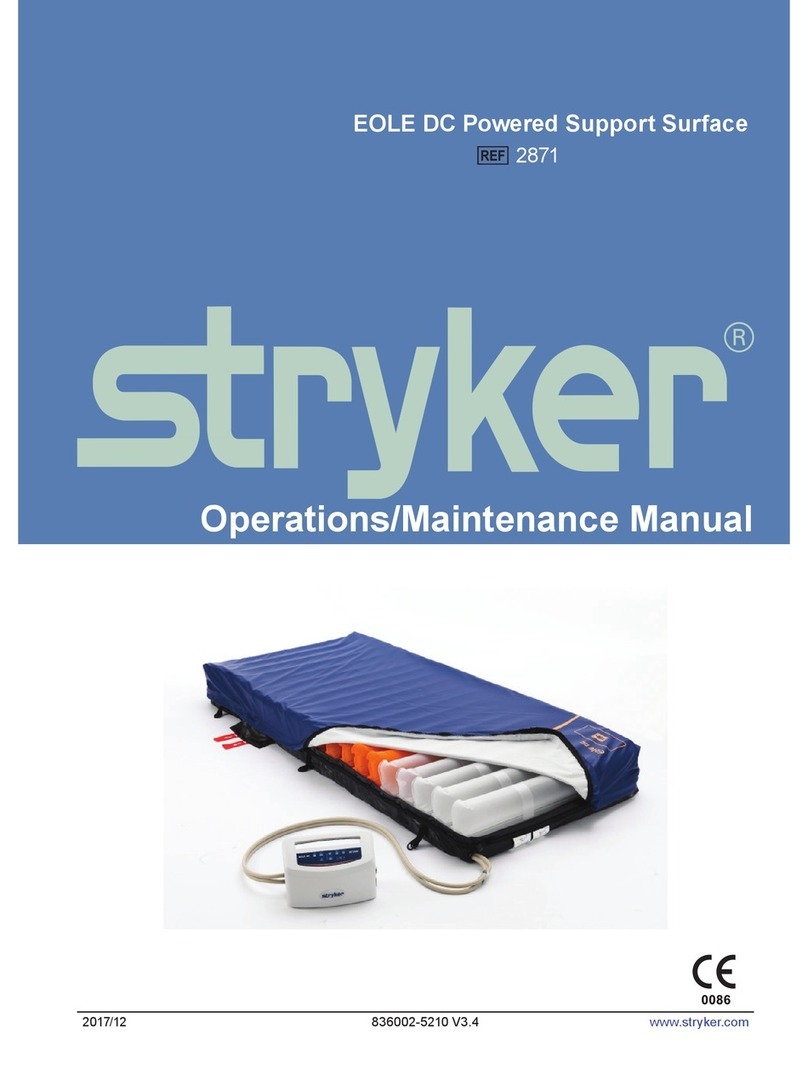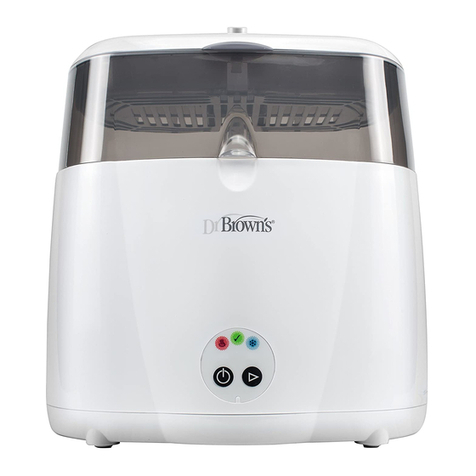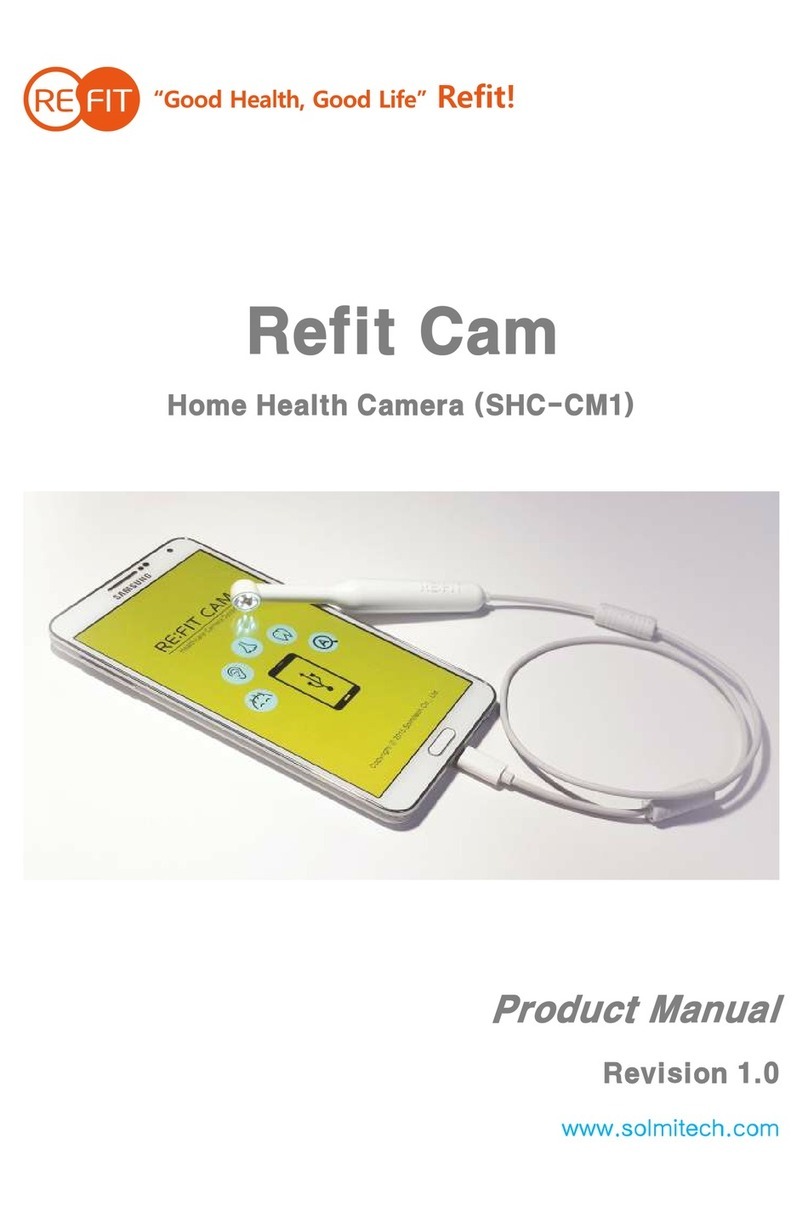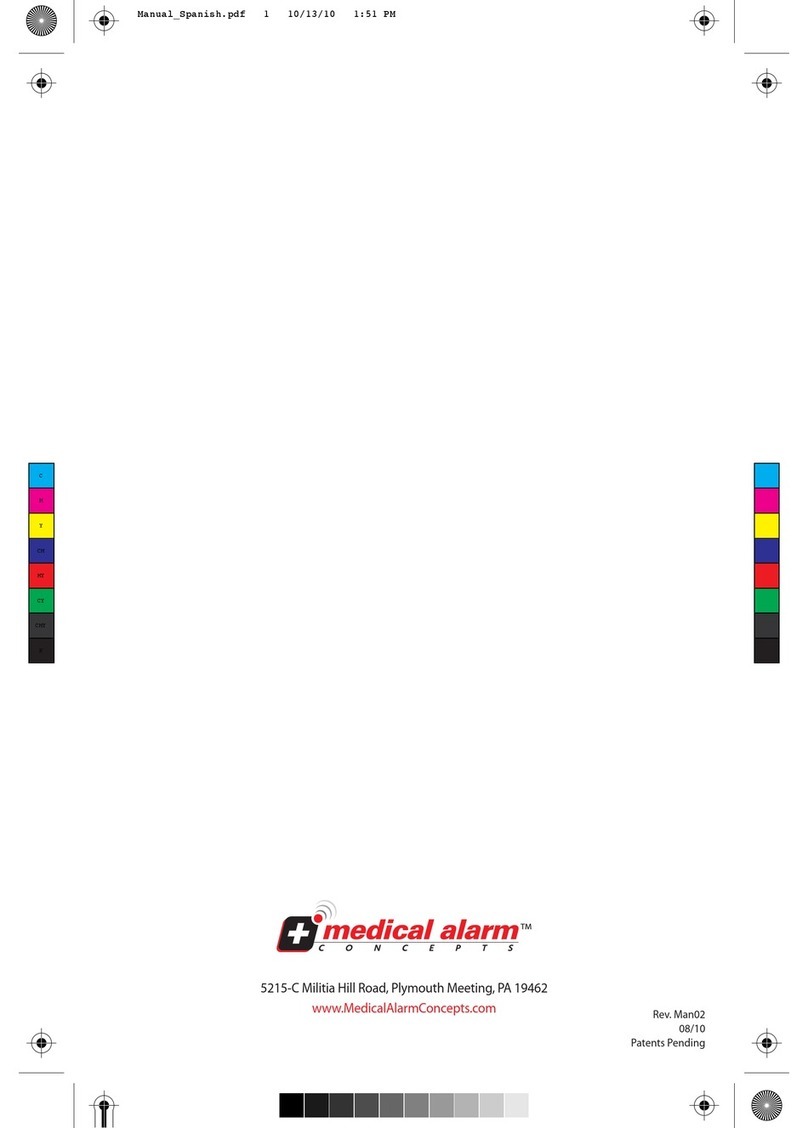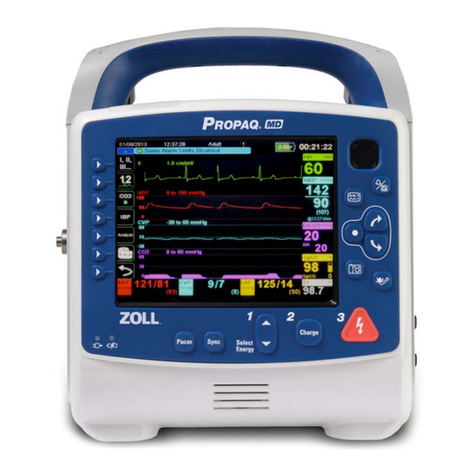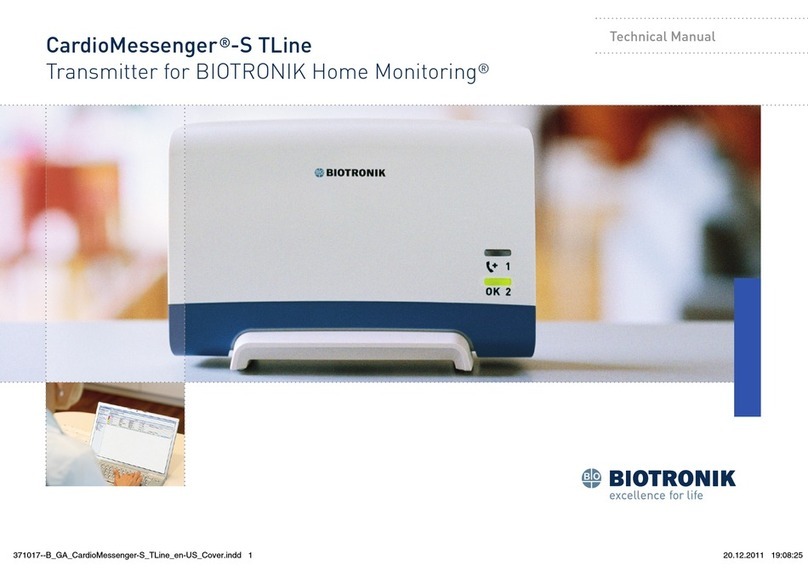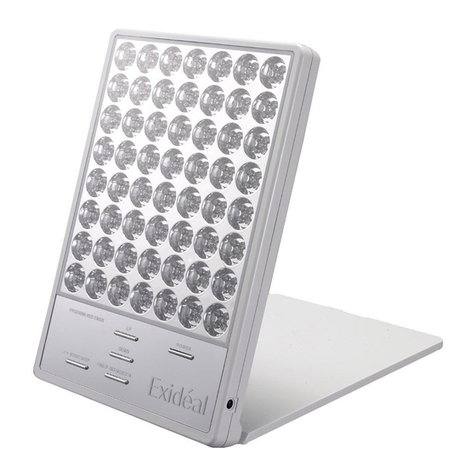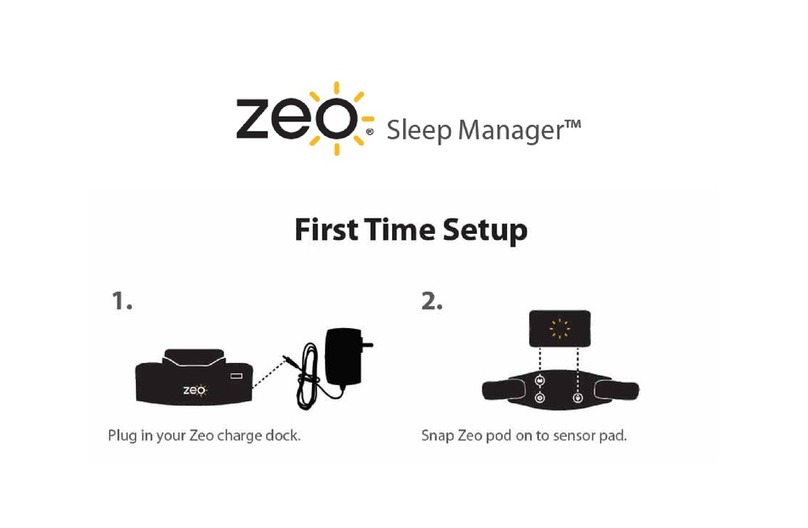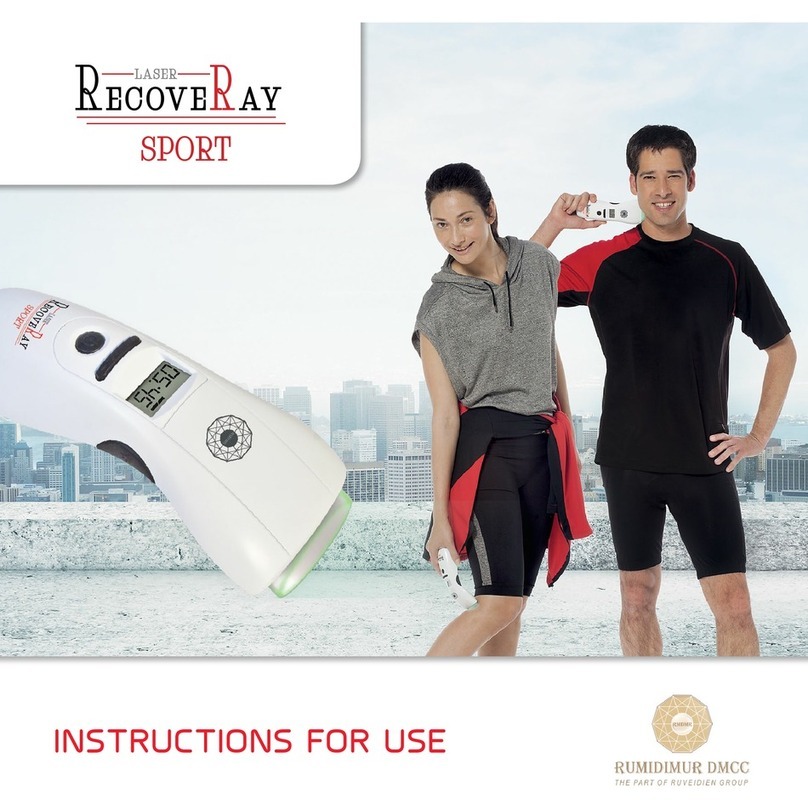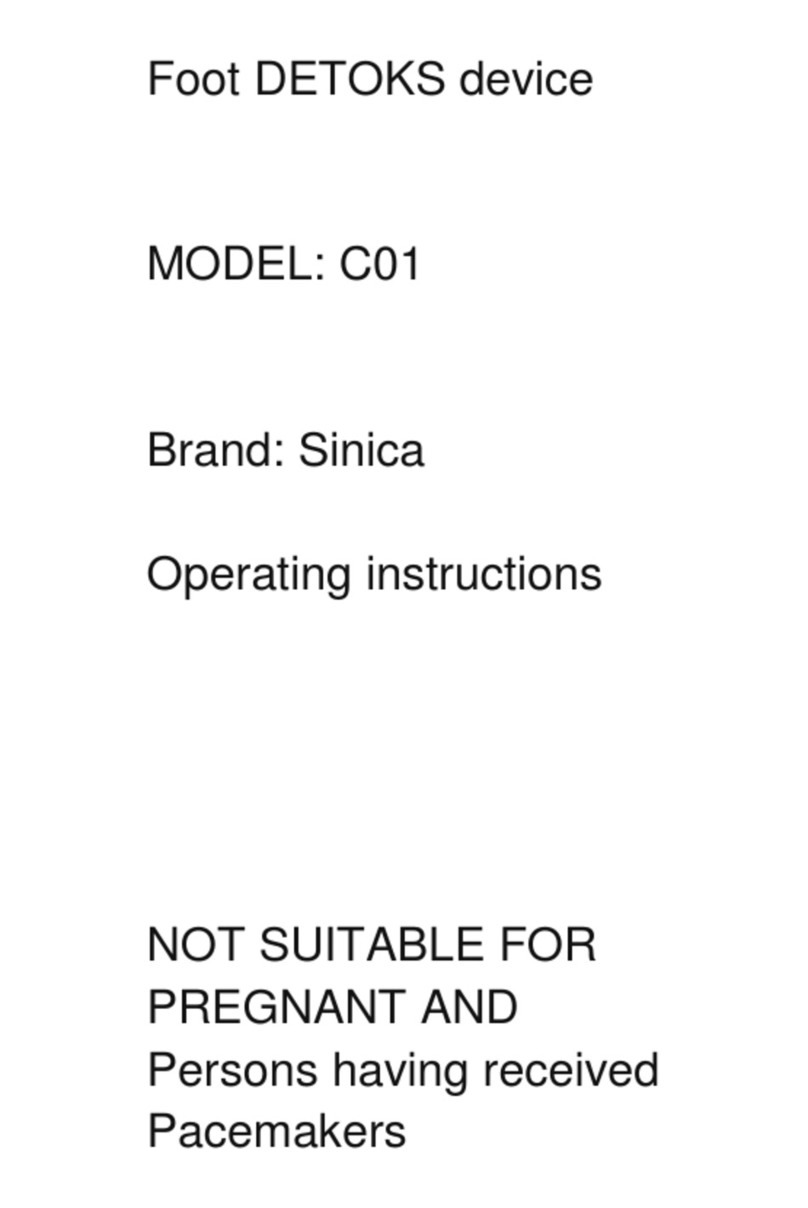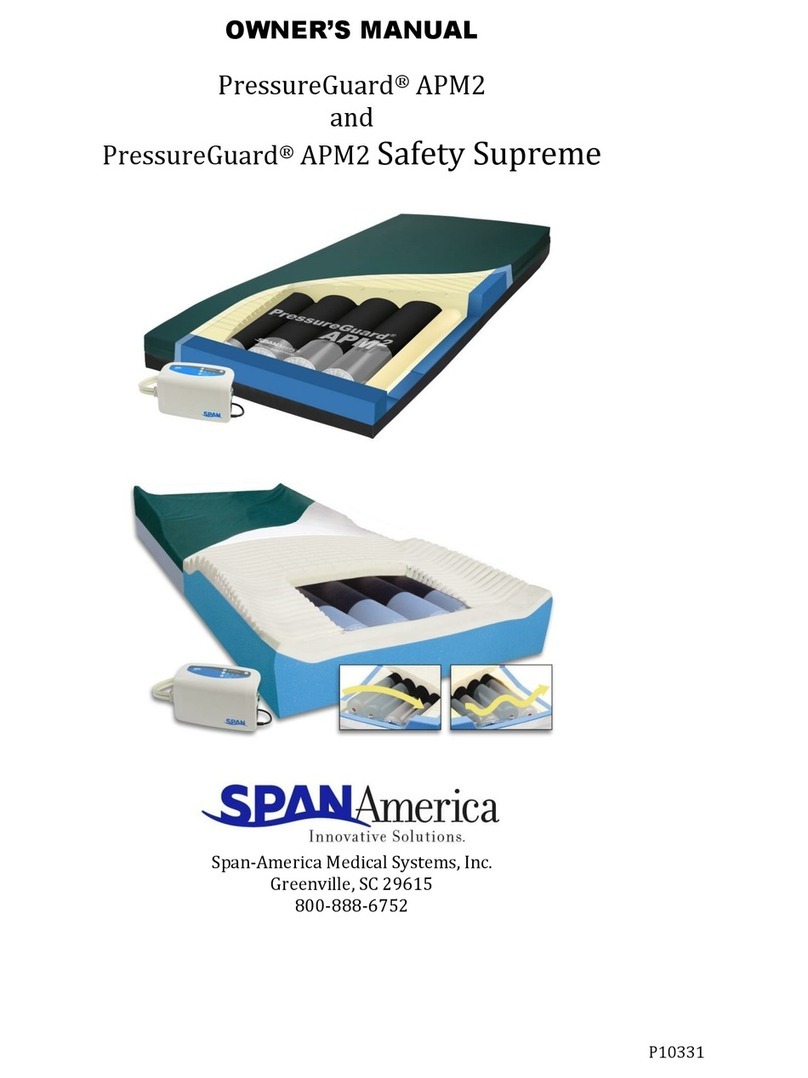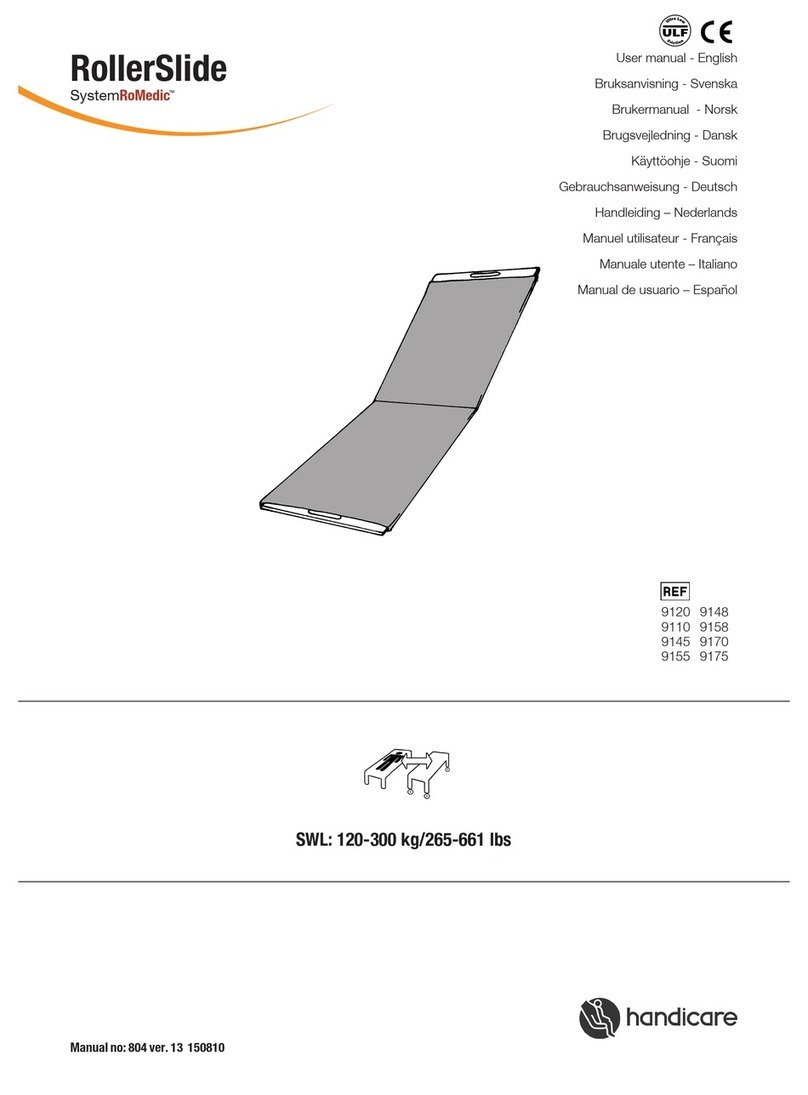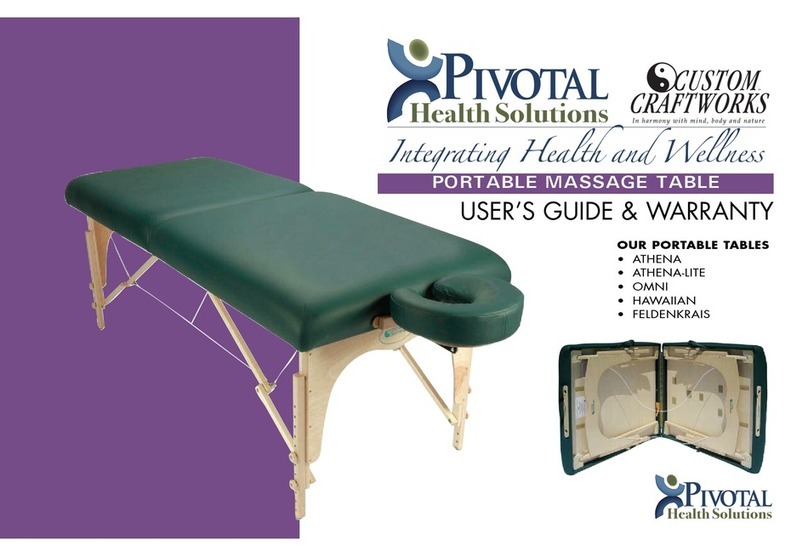Page 5
CPR
CPR Dashboard with Real CPR Help
1. Place ZOLL electrodes with CPR Sensor (OneStep
™
Complete, OneStep
™
CPR, OneStep Pediatric CPR,
or CPR Stat-padz
®
) on patient.
2. The CPR sensor should be placed on the sternum where
your hands would normally be placed for CPR.
3. Place the heel of your hand on the sensor and begin compressions normally.
4. If your compression rate and depth are appropriate to AHA/ERC Guidelines, the
diamond (PPI) on the screen of the R Series will begin to fill with color and remain filled.
If enough time is allowed for chest recoil, the depth bar will also be filled with color.
5. Adult electrodes only: If the depth of compression is insufficient, the message PUSH
HARDER will be heard and the indicator word “Depth” will be displayed next to the PPI.
When compressions are correct, the message GOOD COMPRESSIONS will be heard and
the indicator word “Depth” will disappear from the display.
6. If compression rate is too slow, the indicator word “Rate” will be displayed next to the
index and a 100 bpm metronome will be heard until rate is correct. The indicator word
“Rate” will then disappear from the screen.
7. If your R Series does not display a PPI, your defibrillator has only basic CPR
feedback and only voice prompts, as outlined above, will be available.
PPI
See-Thru CPR
See-Thru CPR is a proprietary algorithm that filters the
CPR artifact from the ECG to allow users to see a close
approximation of a patient’s organized underlying rhythm
during CPR compressions, reducing interruptions in CPR. Unfiltered ECG signal during CPR
Using See-Thru CPR:
1. During CPR, view the filtered ECG
(second trace) on display to determine
if an organized rhythm appears to be
developing.
2. If rhythm appears to be organized
and shockable, press CHARGE while
continuing compressions.
3. Pause compressions and visually
confirm a shockable rhythm.
4. Shout “Clear” and verify others are clear.
5. Press SHOCK button.
6. Resume CPR immediately for 2 minutes
before stopping CPR to check rhythm. If
non-shockable, resume compressions.
Signal filtered by See-Thru CPR
Activating See-Thru CPR:
1. Press Options softkey.
2. Press Traces softkey.
3. Press Trace 2 softkey.
4. Press Filt ECG softkey.
Release Bar
Rate and Depth Indicators
